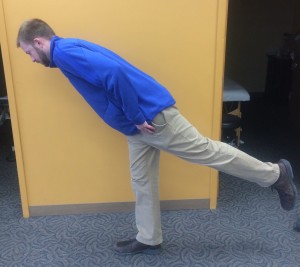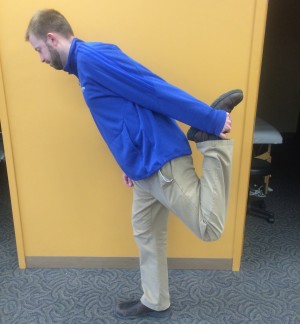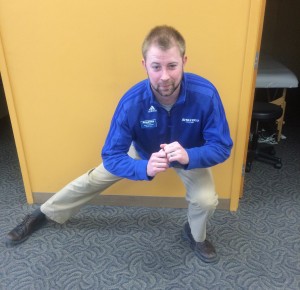
Benefits of Dynamic Stretching for Hockey Warm-Up
Leave a CommentIn my blog post from last month I discussed the benefits of foam rolling for preparing the body to play hockey. This month the topic of pre-participation warm-up will be discussed again, but through a very different but equally as important technique. Dynamic Stretching.
What is Dynamic Stretching
Before getting in to dynamic stretching’s role in hockey warm-ups, explaining some basics about this procedure may help you understand it’s benefit to your routine. Think of how your body moves during physical activity. Duplicating these controlled and repetitive motions is the basic idea behind dynamic stretching. Rather than static stretching, dynamic stretching is all about controlled movement.
Dynamic Stretching in Hockey
The concept of dynamic stretching became a hot topic in the strength and conditioning world about 5-7 years ago. This is very similar to the timing of foam rolling. At any given moment, one can find several of the Blackhawks players performing some form of dynamic stretching within an hour of taking the ice for practice or a game. This is also the case with foam rolling on the floor of the United Center weight room and training room.
Read the key concepts below that describe the technique and benefits of dynamic stretching:
- Muscle and joints are taken through a range of motion in an assisted fashion. Position and body weight, often times with the assist of gravity, create this motion.
- Dynamic stretching improves flexibility and mobility of muscles, joint range of motion, and balance and stability through the activation of the body’s nervous system to assist in coordination.
- Increases blood flow to muscles and elevates the heart rate depending upon the complexity of the techniques chosen
- Is a good way for an athlete to take time to mentally prepare for competition, much like the benefits of relaxation and improved mental focus from performing yoga and meditation.
- Requires no equipment, as dynamic stretching is 100% body weight driven.
- Can be performed in a traveling fashion (traveling approximately 10 yards per technique, usually alternating legs), but can very easily be performed in small spaces (not traveling but rather alternating target leg in one spot).
Dynamic stretching techniques are different than “static” stretching, in that the positions of dynamic stretches are not held for any length of time. Rather the stretching sensation comes from going into and out of the end-range of motion positions. See photos of our Athletic Trainer at Tinley Park doing some dynamic stretches!



